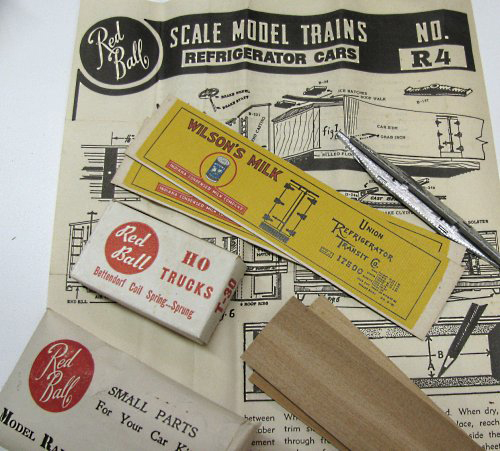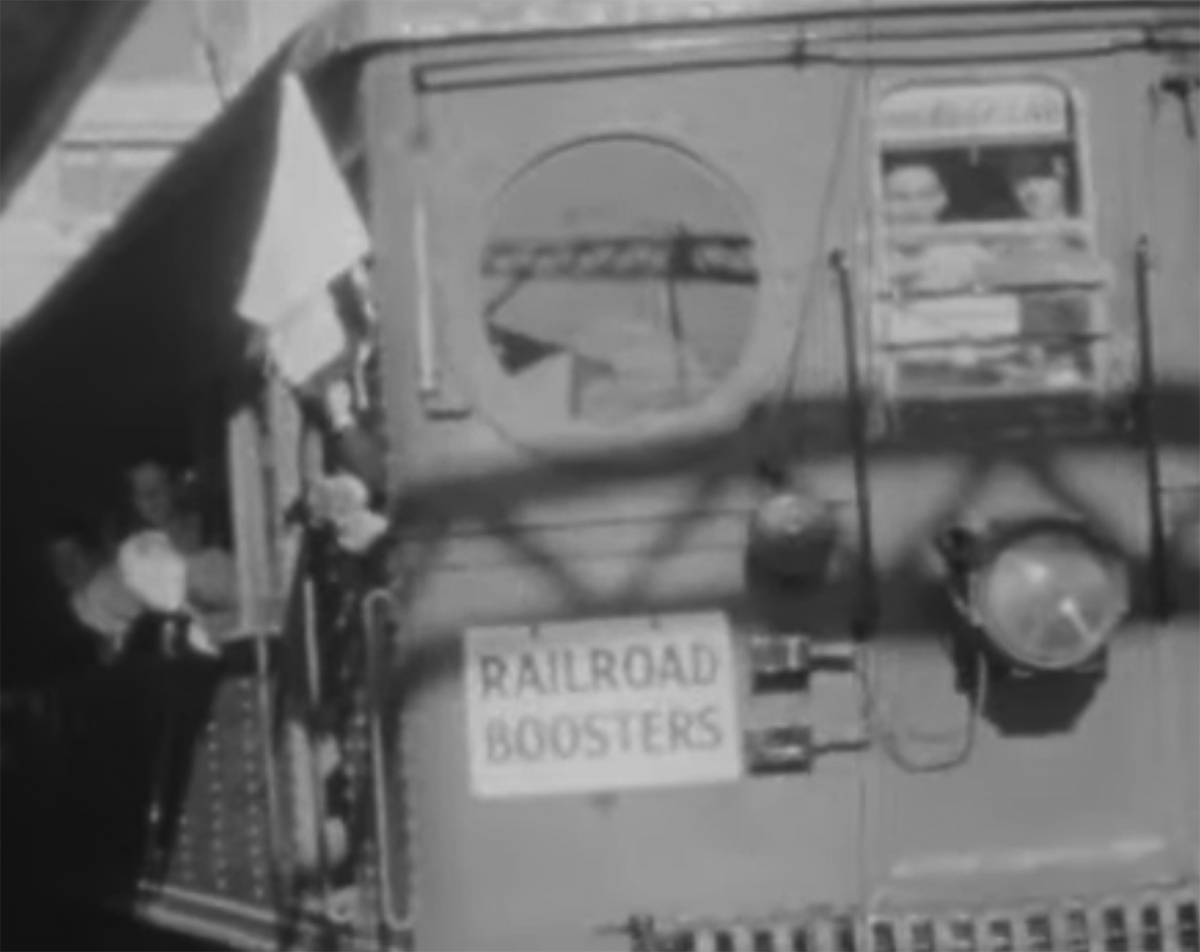
Marvel Dale Newton “launched Red Ball Ltd. in 1939. Early catalogs list his address as 2303 Hyde Park Blvd, LA. The company was the ‘M. Dale Newton Company’ and it appears that ‘Red Ball HO Trains’ was the brand name of the product.”
“…Newton did not invent HO scale but he was certainly in the group of pioneering manufacturers. He knew a good thing and how to improve on it when he saw it. The early kits were rolling stock with printed cardboard sides, wood frames and metal or plastic parts and cast metal trucks.”
“Although the detail castings were among the best in the industry, Red Ball was famous for the car sides. It is easy to dismiss a ‘cardboard’ part as being simplistic and inaccurate. Nothing could be further from the truth. M. Dale Newton’s expertise in the printing field must have driven his passion for quality.”
Excerpts and image from https://www.oldmodelkits.com/blog/plastic-model-kit-history/red-ball-ltd-pioneer-ho-kit-manufacture-since-1939/?fbclid=IwAR1nehUeWmoP3bc3AZr8VnCS454TeIUgkqAqZ2U1zttul2GJQCoLktYJHxI .
See the link for a detailed history of the company and many more photos.


